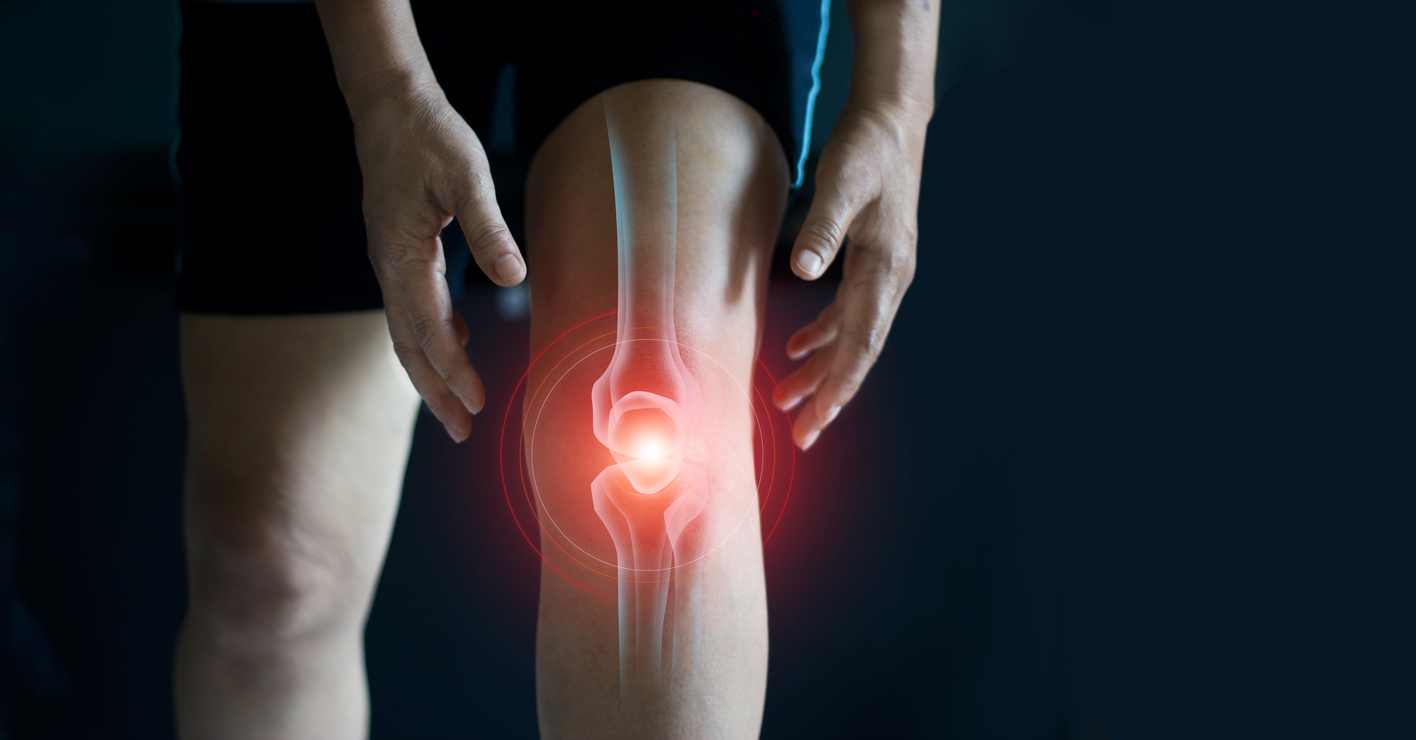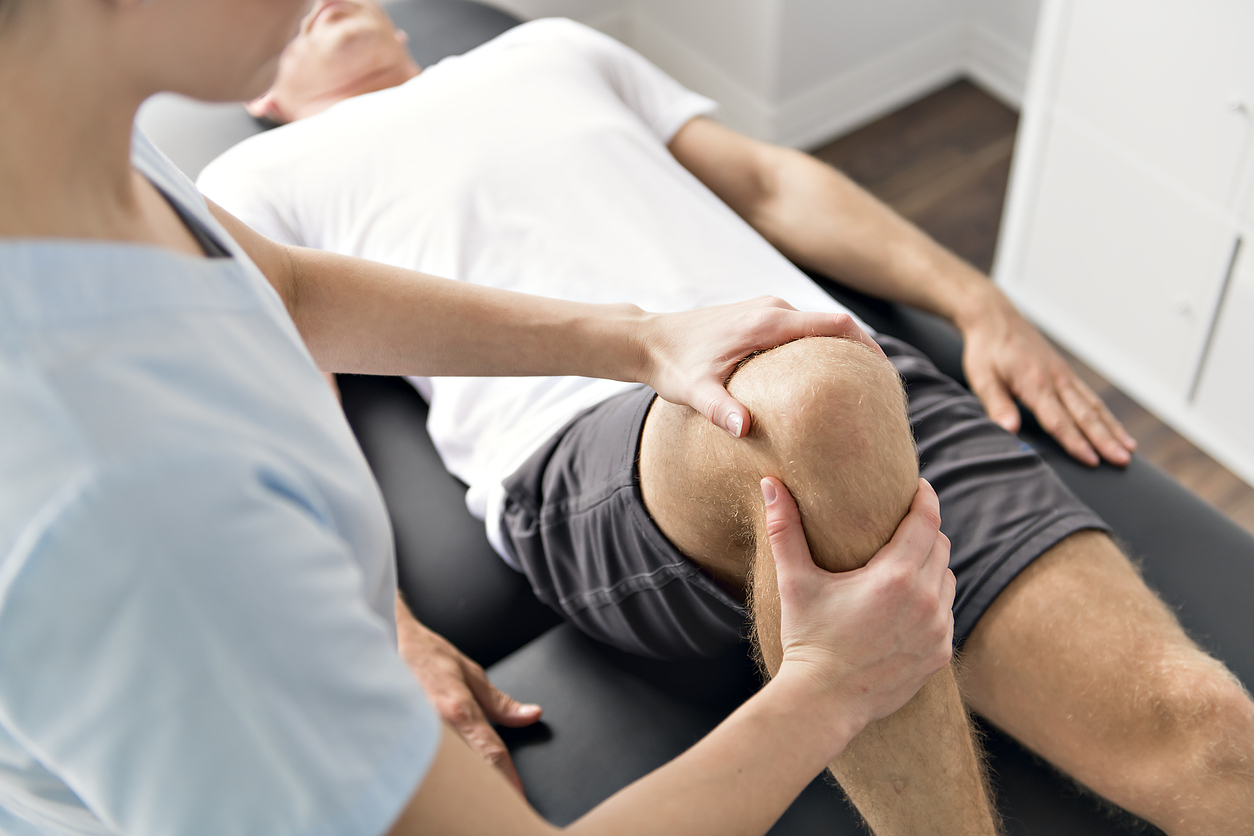Knee pain is a common problem worldwide. It affects around 1 in 4 adults regularly, and can have a significant impact on their quality of life.
Studies show knee pain has become more common in recent times, with 1 study in the US finding that the prevalence of knee pain approximately doubled in women and tripled in men between 1983 and 2005.
Your knee joint is particularly vulnerable to damage and pain because it takes the full weight of your body and any extra force when you run or jump.
Sudden pain in one of the knees is usually the result of overusing the knee or suddenly injuring it and in many cases, you don't need to see your doctor.
But it’s important to know what’s causing your pain -- and when you should seek urgent care.
When is a knee injury an emergency?
If you experience any of the following symptoms you should see a doctor immediately:
- inability to complete the activity you were doing
- feeling a ‘pop’ or ‘snap’ sensation
- rapid swelling
- instability
- joint locking or giving way
It may be nothing serious but you should always get the knee assessed to be sure.

Is my knee pain caused by a sprain or strain?
Sprains and strains are a common source of knee pain, affecting the muscles and ligaments in and around the knee.
A sprain happens when the tissue that connects your knee joint gets torn or twisted.
A strain, also known as a pulled muscle, is an overstretched or torn muscle.
Symptoms typical of a knee sprain or strain include:
- pain after overstretching or twisting -- often during exercise
- bruising around the knee
- muscle spasms or cramps
For the first 3 days after a knee sprain or strain you should avoid:
- heat (such as baths or saunas)
- drinking alcohol
- running (or any other form of exercise)
- massage
The best treatment for a minor knee sprain or strain is PRICE therapy -- protecting the knee, resting the injured joint or muscle, applying ice wrapped in a towel, compressing the knee with a bandage and elevating the leg to reduce swelling.
If your strain or sprain persists for a few weeks you should see a doctor who may recommend physiotherapy.
Have you dislocated your kneecap?
The kneecap normally sits over the front of your knee. When it’s dislocated it comes out of this position and the supporting tissues get stretched or torn. It often happens when you change direction suddenly, for example while dancing or playing sports.
Common symptoms of a dislocated kneecap include:
- the kneecap looking out of place or at an odd angle
- severe knee pain
- sudden swelling
A dislocated kneecap is a medical emergency and you should seek immediate help from a doctor or call an ambulance.
If your kneecap has not corrected itself by the time you get to hospital the doctor will pop it back in place (reduction).
You may be sent home with a removable splint and physiotherapy will be recommended to help you recover. Occasionally, surgery may be needed.

Could it be anterior knee pain syndrome?
Anterior knee pain syndrome simply means pain at the front of the knee. There’s no single cause, but the following factors are thought to be common contributors:
- regular exercise -- such as running, cycling and other sports
- being overweight
- being double jointed (hypermobility)
- flat feet -- low arches or no arches at all
Certain conditions are also associated with anterior knee pain syndrome. The two most common are runner’s knee (patellofemoral pain syndrome) and jumper’s knee (patellar tendinitis), which are generally caused by injury, overuse or getting older.
If you have anterior knee pain syndrome, symptoms generally include a gradual increase in pain, rather than a sudden onset.
The best treatments for anterior knee pain syndrome include:
- PRICE therapy -- if the cause is a sports injury
- physiotherapy -- this improves range of motion and returns normal function to the knee.
- massage -- this may speed up the recovery process by encouraging blood flow and flexibility
A more serious cause of anterior knee pain is osteoarthritis, which causes joints to become stiff and painful. The condition is age-related and is typically more common in women over 50.
If this is the cause, you’ll need to find the right balance between rest (over activity can make the pain worse) and exercise (to prevent the joints stiffening up).
If symptoms persist for any of these causes, you should see a doctor.
Has it been caused by cartilage damage?
Cartilage is the tough, flexible tissue that covers the surface of your joints, acting like a shock absorber and allowing bones to slide over one another.
Cartilage damage can be caused by a sudden injury or gradual wear and tear.
The two small discs of cartilage that cushion and support the knee joint can be damaged (knee meniscal injury) by twisting the knee playing sport (acute tear) or wear and tear (degenerative tear).
Symptoms typical of cartilage damage include:
- a clicking or grinding sensation
- joint locking, catching or giving way
The best treatment for minor cartilage damage is again PRICE therapy and avoiding heat, alcohol, exercise and massage for the first few days.
If your symptoms do not improve over time you may need physiotherapy or surgery.
Learn more about knee pain and what having knee surgery is like.



